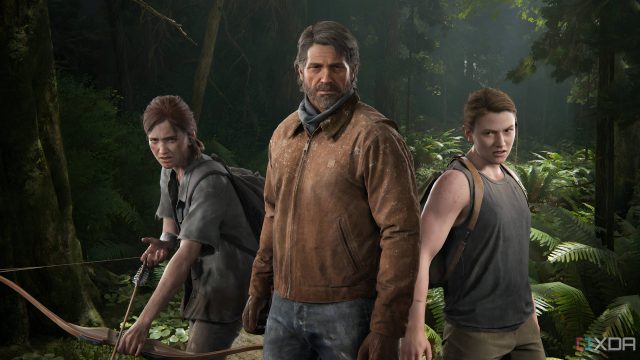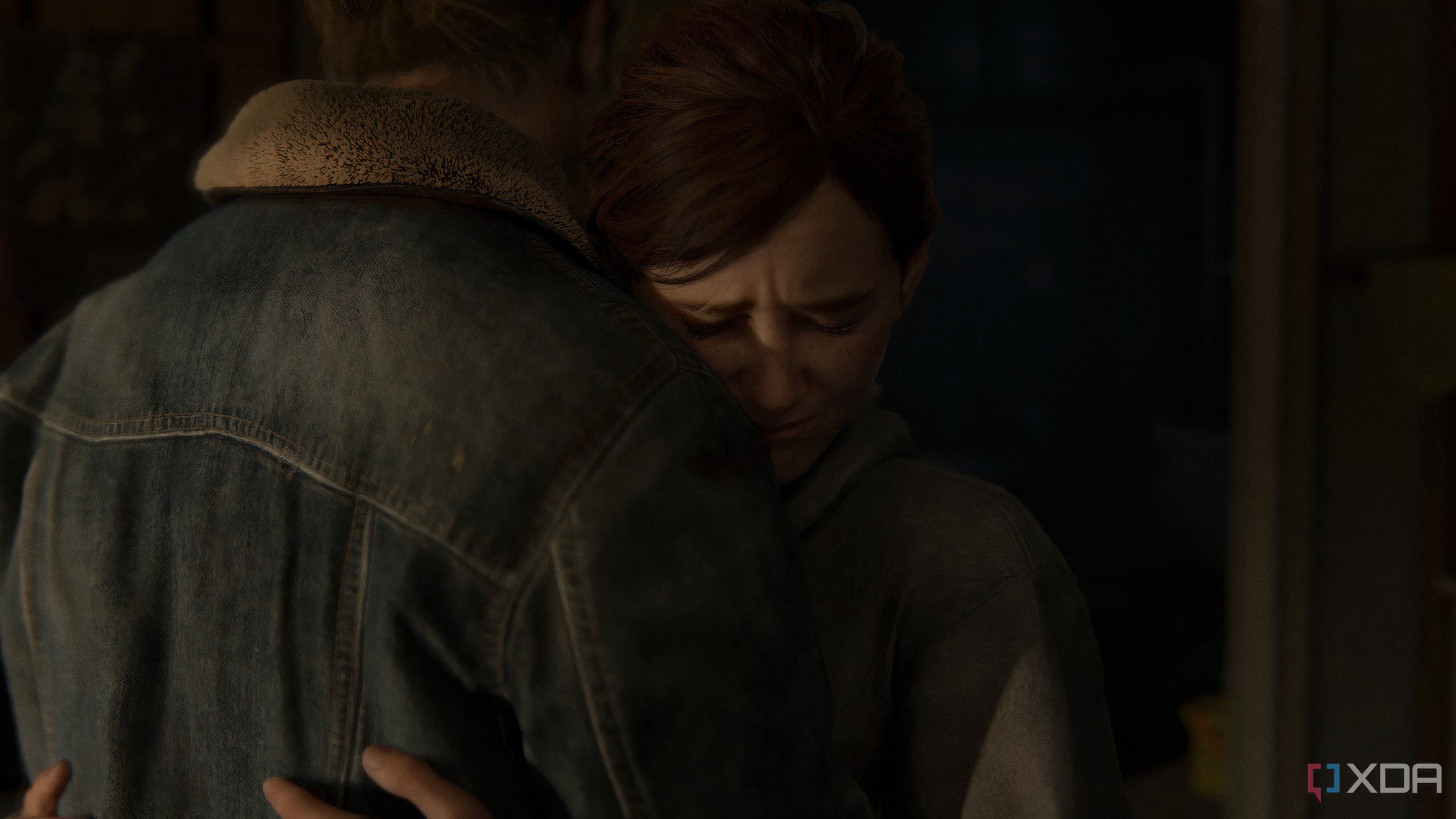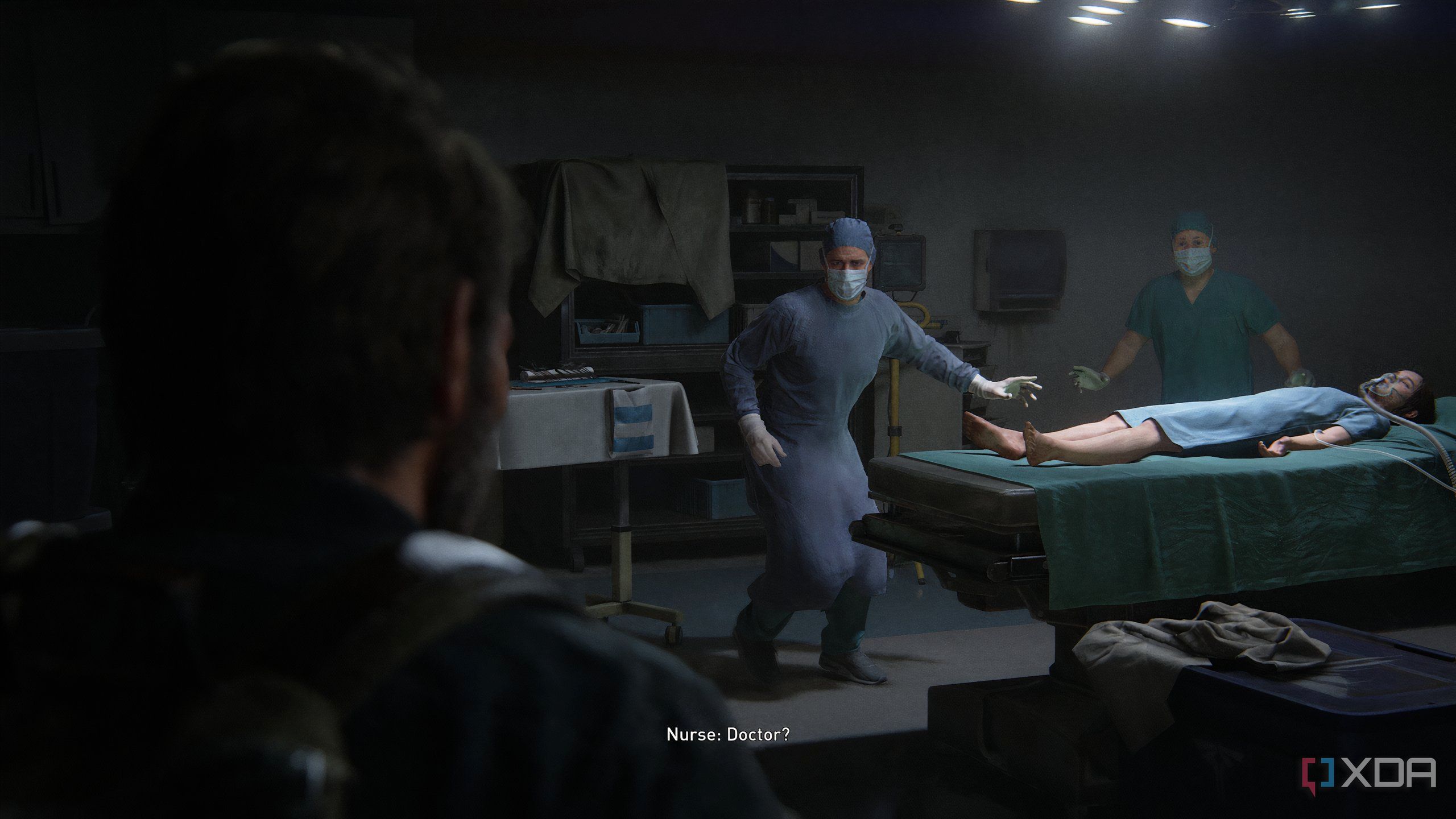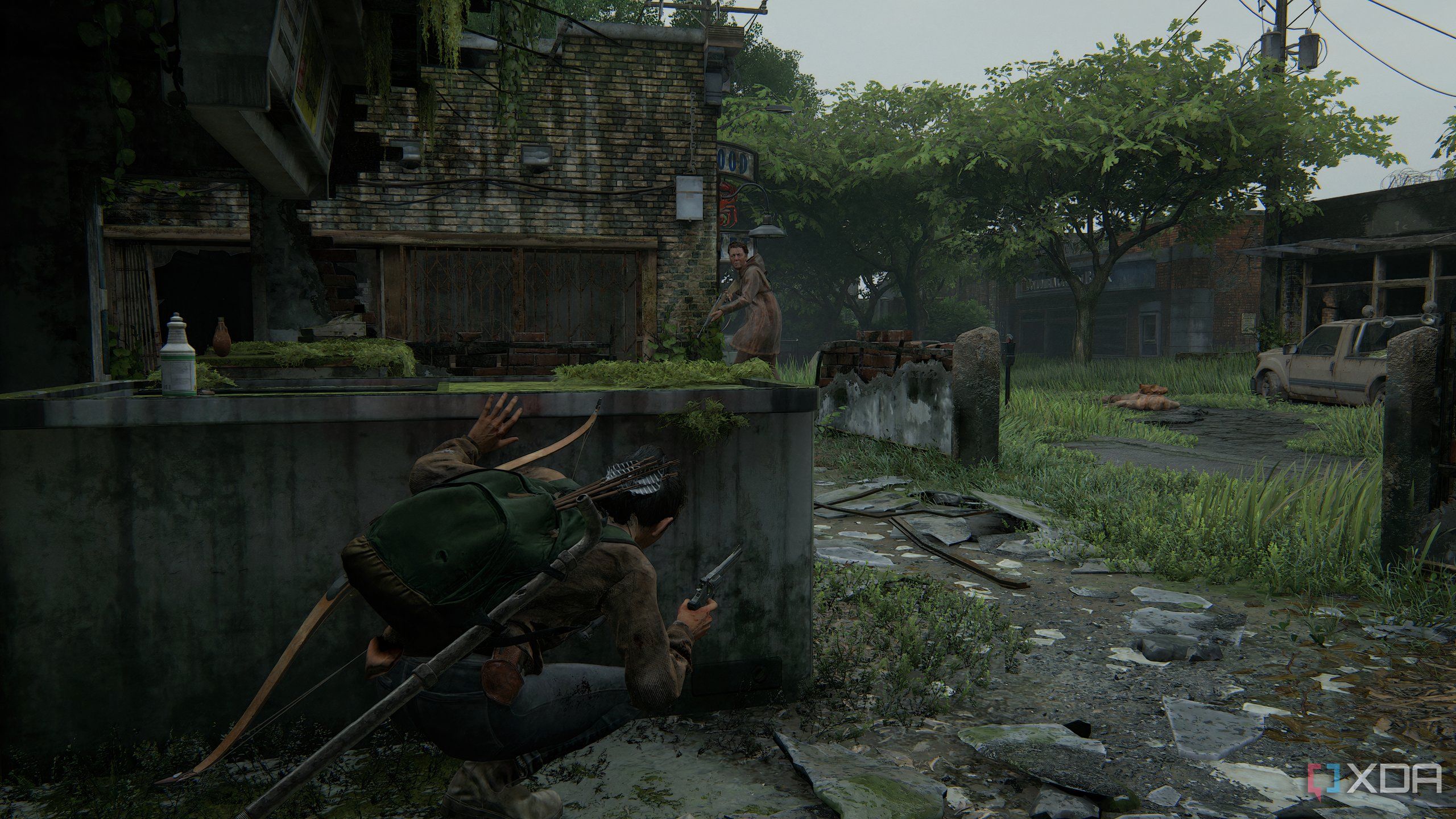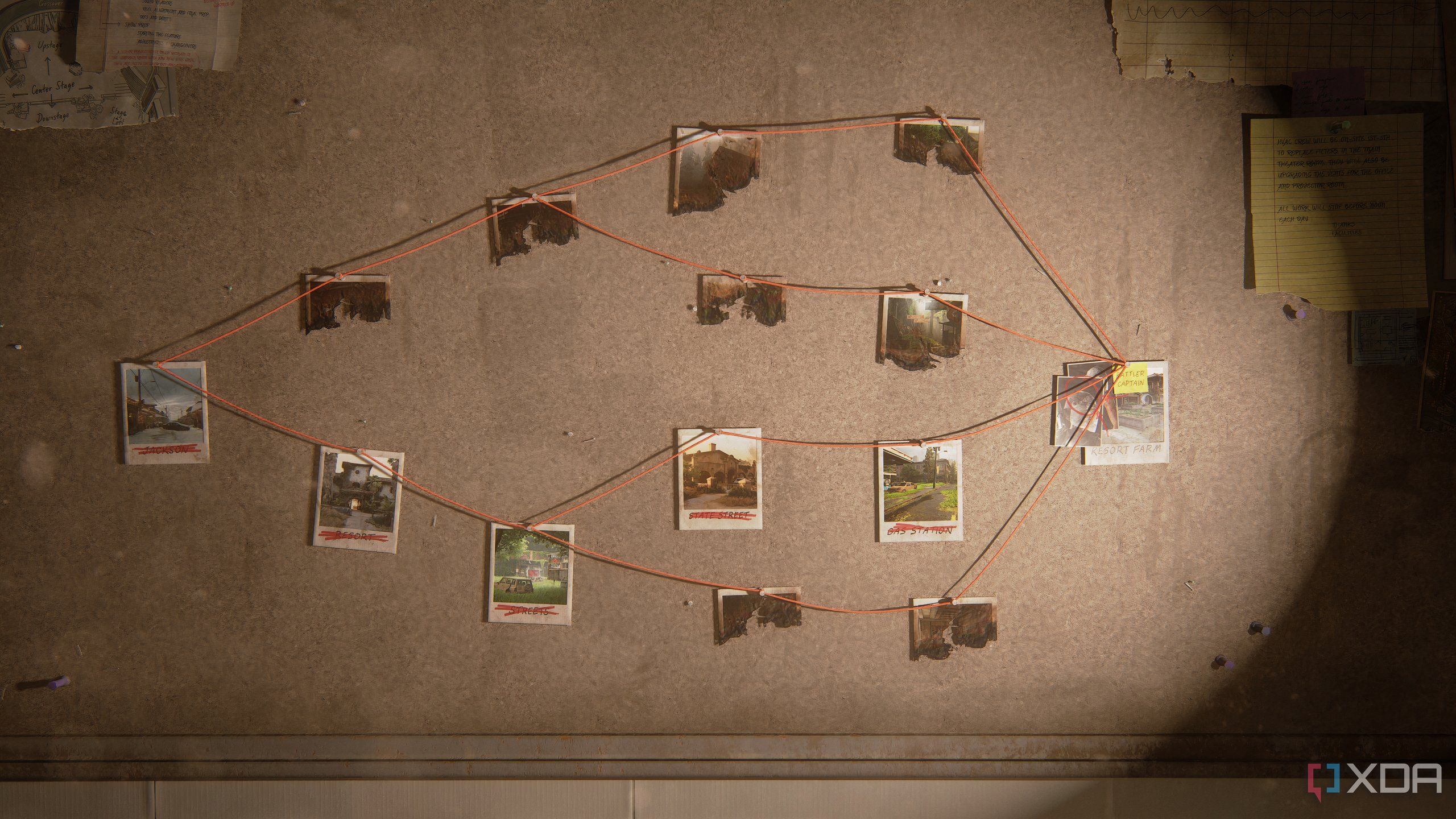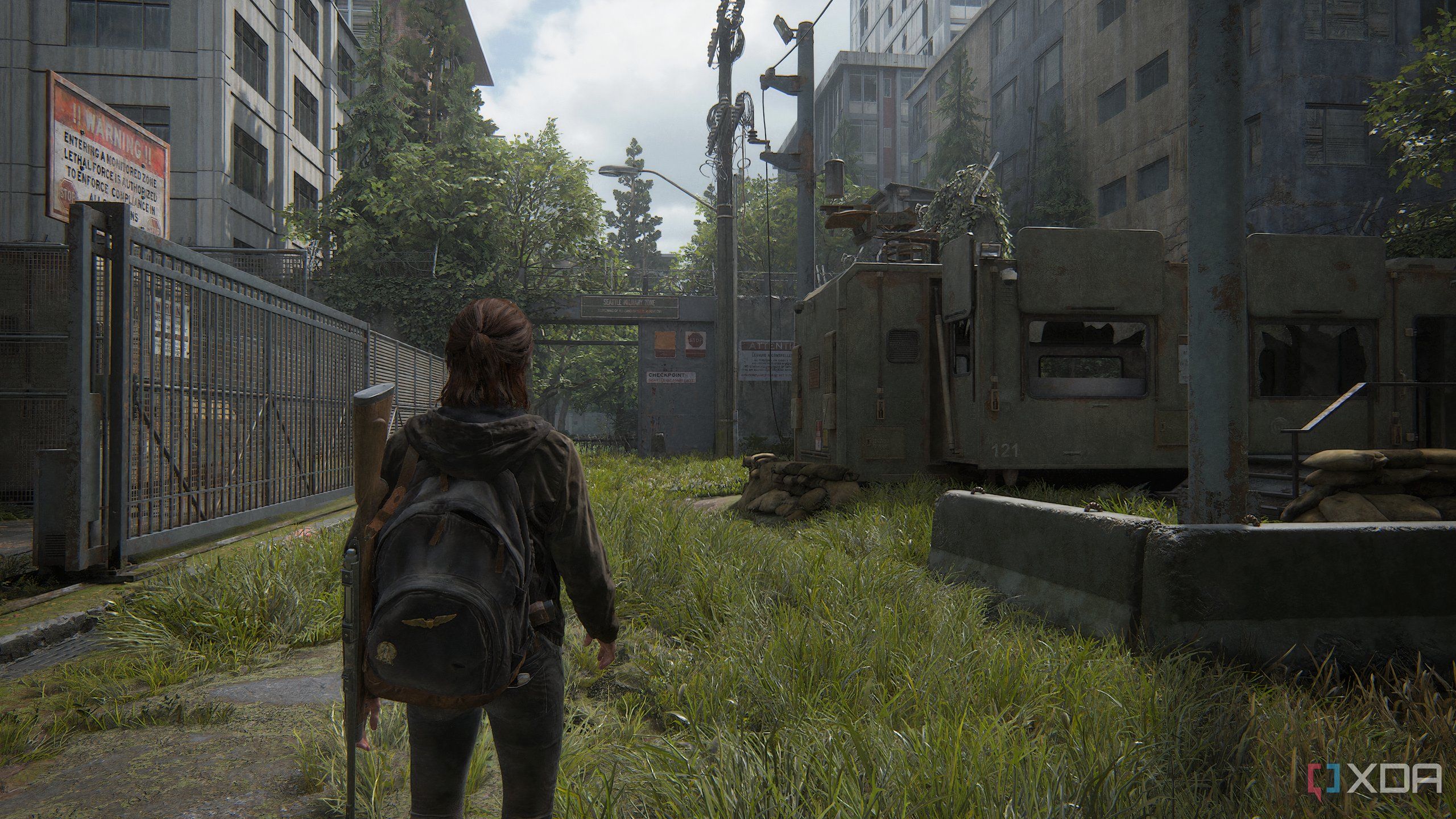Few works of art have left a mark on me quite like The Last of Us franchise. It’s more than just a game — it’s a part of my emotional vocabulary, a story that has stayed with me through the years, reshaping how I view storytelling in gaming.
Now, with The Last of Us Part II Remastered making its long-awaited debut on PC, I returned to a world I knew all too well — and yet, it still hit like a truck. I like replaying great games, and this was my third time playing the game. While there wasn’t much new to discover mechanically, it reminded me why I keep coming back. The Last of Us Part II is far from perfect, sure, but it remains one of the most daring, gut-wrenching, and unforgettable journeys this medium has ever produced.
The Last of Us Part II Remastered was purchased by our team for review after release.

Premium pick
The Last of Us Part II Remastered
The Last of Us Part II Remastered makes its way to PC, bringing enhanced visuals, performance upgrades, and new features like No Return and Guitar Free Play. Revisit Ellie and Abby’s intertwined journeys in the most definitive and haunting version of this masterpiece yet.
- Deep, emotionally complex storytelling
- No Return mode adds replay value
- Stunning visuals and rich, atmospheric world design
- Excellent sound design and music
- No multiplayer mode
- Demands high-end PC for best experience
The Last of Us Part II Remastered price and availability
The Last of Us Part II is available on PC and the PlayStation 5. Not available on the PS4, the remastered version takes full advantage of next-gen technological advancements and brings forth the definitive way to play The Last of Us Part II, including the base game, three ‘Lost Levels’, and No Return, a free roguelite game mode.
The Last of Us Part II’s writing is riddled with brilliance… and flaws
Imperfect pacing brings down an otherwise brilliantly written story
It’s pointless to reignite the years-old debate about whether The Last of Us Part II’s story is “good” — that discourse has been done to death, and everyone’s picked a side. However, I can’t help but marvel at how boldly and masterfully the writing team carved out this dual narrative. Two protagonists, two arcs — Ellie and Abby — each on a journey defined by pain, loss, and vengeance. Their stories dance around each other like a double helix, tied by tragedy and poetic parallels, mirroring each other at every turn.
This is the medium wielded to its full potential, where themes of grief, identity, and moral ambiguity are etched into every flashback and forward lunge. There isn’t a single line of dialogue or cutscene that feels wasted — everything is intentional, every beat designed to scar, and every narrative device used with precision. There is simply no doubt that this game will age beautifully as the years go by.
For a story this gut-wrenching, this tightly written, the pacing stumbles feel all the more painful.
And yet, it’s all undercut by pacing that feels almost cruel in its inefficiency. Without delving into spoiler territory, the decision to separate the two narratives — presenting one in full before flipping to the other — breaks the emotional rhythm the game works so hard to build. A day-by-day alternation between Ellie and Abby could’ve offered a deeper, more immediate empathy, allowing us to walk in both their shoes without fatigue or resentment setting in.
While Abby’s arc parallels Joel’s from the first game in poignant, deliberate ways, it rarely intersects directly with Ellie’s actions during their time in Seattle, creating a dissonance that weakens its punch. For a story this gut-wrenching and this tightly written, the pacing stumbles feel all the more painful.
Still, this is one of the most impactful narratives I’ve ever experienced — in gaming or otherwise. It lingers. It festers. It changes you. The Last of Us Part II forces you to lose your sense of self, compelling you to empathize with the “other,” even when everything in you wants to turn away.
It’s a story about the cycle of violence and its echoes around the people entrenched in it, and it tells all of this with a level of restraint, sorrow, and artistry that most media can’t even dream of reaching. Unless you’re emotionally vacant, you will be gutted. Because, for all its fictional brutality, The Last of Us Part II feels painfully, unforgettably real. This is what we need more of — big-budget AAA releases that push the medium in every way they can.
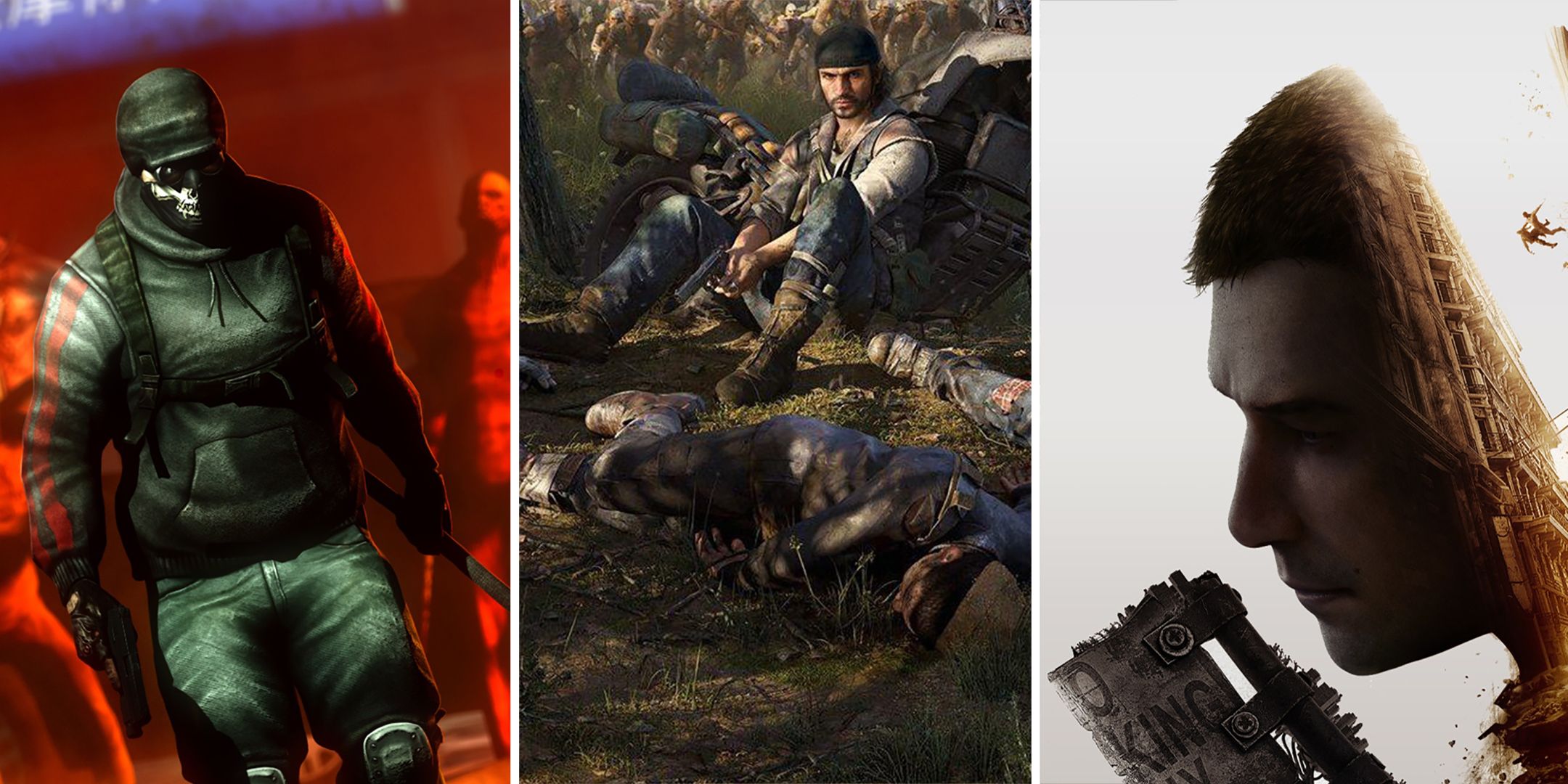
Related
2025 could be a comeback year for zombie games
Now, much like an undead horde, the genre seems to be rising up from the grave, as 2025 is said to be the year zombie games make a comeback.
Here are
Let’s talk about Joel
Harvey Dent once said…
MAJOR story spoilers ahead for The Last of Us Part I and Part II. Skip down to the next segment to avoid any spoilers.
Look — I remember how I felt when I watched the golf club come down for the last time, like it was yesterday. It took hours for my head to stop pounding and my body to ease up. And yet, I did come to terms with what happened — eventually.
At the end of The Last of Us Part I, nothing mattered to Joel except Ellie lying unconscious on the operating table — not the fireflies, not the adversity they faced to get here in the first place, and definitely not the surgeon holding the scalpel. Little did he know that the doctor he took down in cold blood was humanity’s last hope as well, just like Ellie.
The Last of Us Part II is an example of the natural order of things — the world of the game was never about Joel or Ellie alone. Joel may have been a hero in his and our stories, but he is the villain in the story of sixteen-year-old Abby, who has just lost her father to the hands of a faceless smuggler. In that story, Joel had it coming; it was just a matter of time.
Was it at all wrong, then, for Abby to pursue the man who took away her father? This is what The Last of Us Part II forces you to stop and ponder — if Abby were wrong for what she did, then Ellie, too, would be wrong to set her sights on Seattle to avenge her own father. In the world of The Last of Us, your actions could never exist in isolation, always intersecting with other stories.
Joel had it coming, and it was just a matter of time.
Not a single soul on the planet who played The Last of Us Part II — myself included — was happy that Joel died, but if you were truly paying attention, you’d realize that it had to happen. Abby needed to swing that club for the final time to realize that it would not take away her nightmares. It needed for Ellie to reach the bottom of her monomaniacal spiral to ultimately realize that seeing Abby dead would never be what brings her peace.
Joel’s demise also had to happen in this world, where there were never any heroes or villains — just characters in varying shades of gray.
But when a man selfishly decides that the fate of the world is not as important as the little girl he met and developed a father complex for, he is certainly setting himself up to become the villain in every single story of this world going forward, except his own.
From that point on, Joel Miller began racing against the consequences, and four years later, they caught up to him in a snowstorm.
We will never truly know if the cure would have worked, or if it would have simply cost Ellie her life for nothing. But are we so hollow inside, so devoid of hope, that we believe the world didn’t even deserve the chance?
I know with absolute certainty that I would’ve made the same selfish choice Joel made. But that’s the thing — empathy can’t be selective. If I can understand Joel and justify Ellie’s vengeance, then I must also understand Abby. That’s what hurts the most — knowing that Joel had it coming, and still mourning him like he didn’t. Because, like Ellie, we too were infected by love, by that bond, and we never stood a chance.
I will always love Joel Miller, but I could never absolve him.
Gameplay in The Last of Us Part II is riveting
As real as stealth-action gets
The Last of Us Part II doesn’t shy away from its M rating — it embraces, leans into, and uses it to immerse you deeper in every desperate encounter. Combat is savagely satisfying, not just because of the gore, but because of the intent behind it, where every punch lands with purpose. Every gunshot rages with fury, weighing down the surrounding air, and every dodge feels like a side-step from certain death.
The game never cuts away when you take someone down — you watch their eyes lose light as blood gushes from their throat — and the moment lingers. God, it always lingers.
Combat is savagely satisfying because of the intent behind it.
Stealth, too, feels uncomfortably human. Crouching, proning, creeping into tall grass or under vehicles — you feel the character’s weight in every movement. You’re not a shadow — you are flesh and bone trying to stay alive. And when you’re spotted, there’s a primal thrill in reacting — swinging wildly, panicking as you seek cover to survive just another minute.
This is stealth done absolutely right. On the hardest difficulty, it almost made me feel like I was playing a hardcore session of Metal Gear Solid.
The map is a living, breathing entity
Seattle plays a massive role here. This isn’t just a setting — it’s a living arena of tension, and one of the most alive worlds in gaming. Enemies flank you through flooded bookstores, scale mossy hotel ruins, and emerge from overgrown train yards. Rain muffles your movement but betrays you in puddles. Bushes offer cover, but not invisibility. It’s in these moments — crouched low, heartbeat syncing with the controller’s rumbles — that The Last of Us Part II grips you the hardest.
The audio design in The Last of Us Part II is some of the very best I have ever experienced — hiding in the tall grass under violently pouring rain as I stalk an enemy, it’s nearly deafening, almost forcing me to enter the building and close the distance.
What’s genius is that the game constantly gives you barely enough to survive. You’ll scavenge bullets and rags, craft just enough medkits to make it to the next section, and curse yourself for missing a shot — because now you’ll need to close the gap, swing a pipe, or fight barehanded, delivering a hit that feels violent and primal.
With each hour spent in The Last of Us Part II, the immersion deepens. The longer you hold the controller, the heavier it gets. Not just from the tension or the horror, but from the weight of what the game is asking you to do, and what it’s making you feel.
The No Return game mode made me fall in love with the game again
The Last of Us Part II Remastered fires on all cylinders in this roguelite
I played No Return last year and was surprised by just how deep and replayable it was. It’s not just a side mode — it’s a distilled, unfiltered shot of The Last of Us Part II’s blood-curdling gameplay. No Return strips away the narrative, the downtime, the detours — and serves you nothing but back-to-back encounters that demand every ounce of your focus. And yet, somehow, it never burns you out.
No Return is the game’s core mechanics, firing in rapid succession with no narrative breaks.
In this roguelite mode, each playable character feels unique, not just in design but in ability, giving each run a slightly new rhythm. Add to that the rotating modes, where you sometimes hunt, are hunted, holdout against a horde, or capture a safe before time runs out, along with modifiers and gambits, and you’re locked in — always chasing one more run, or planning a rematch with the boss who just made all your effort count for nothing.
This game mode gives you the game’s core mechanics — a perfect blend of stealth, improvisation, movement, and resource management, firing in rapid succession with no narrative breaks. It’s everything you love about the game’s combat, uninterrupted.
Modifiers
No Return stays fresh thanks to the gameplay modifiers that flip the rules in creative ways, like enemies dropping bombs when killed, being made invisible, or turning into bullet sponges. Consequently, this forces you to change your playstyle entirely, having to adapt in real time — you can’t stealth-kill someone and stick around because they’re about to explode, or you can’t stay distant from your enemies because there’s a Silent Hill-esque fog on the map, making it impossible to see.
One moment that stuck with me was fighting four stalkers — already invisible to the Listen Mode — under a modifier that made all enemies invisible. Afraid and dejected, I just had to wait for a stalker to grab me, so I could fend it off, and then wildly swing my machete in its direction, hoping to hit my mark. To top it off, I played as Tommy, one of the only three characters who can’t dodge. That encounter was the perfect example of how no two runs in the No Return mode are the same.
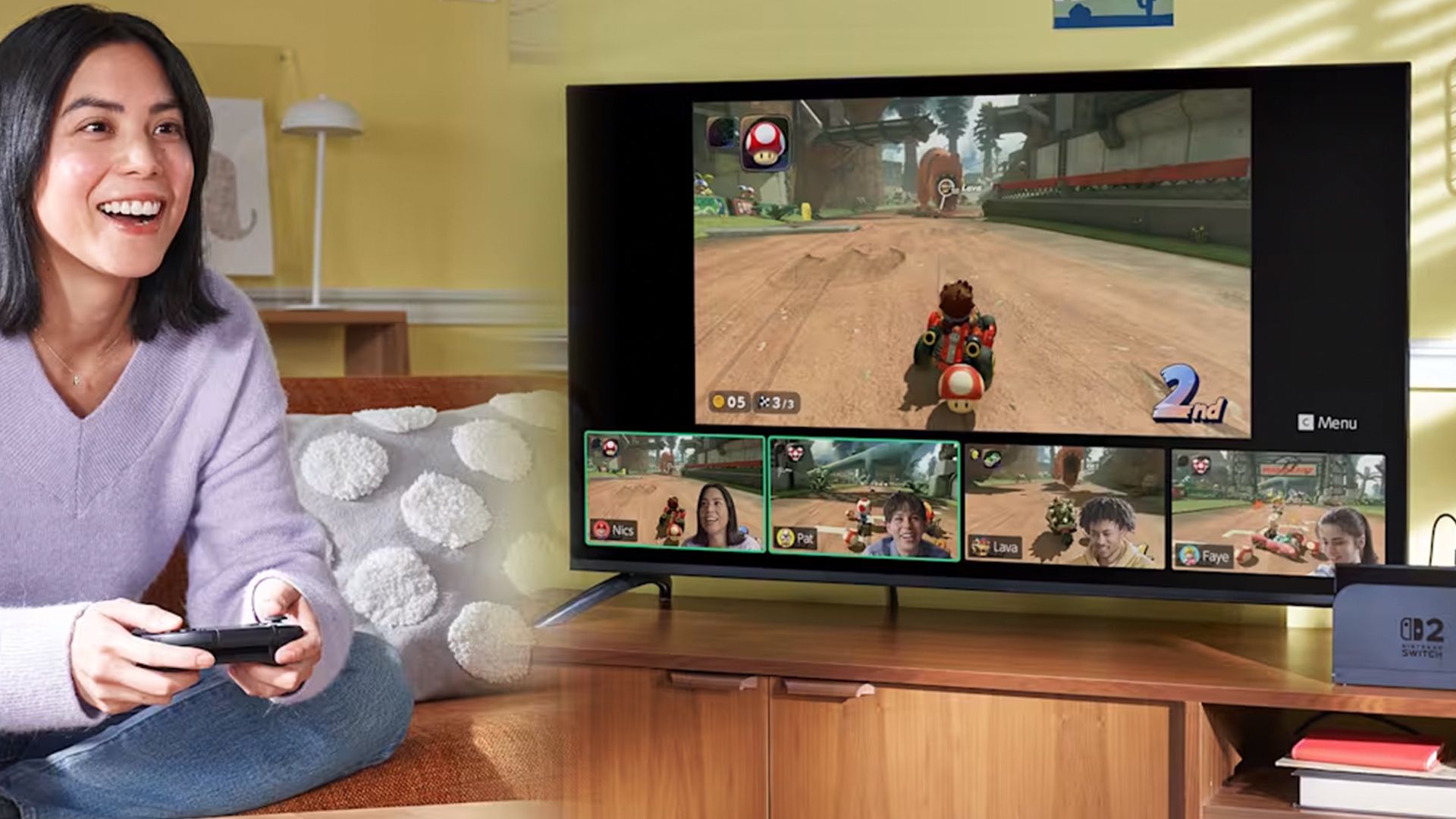
Related
The Switch 2 will get this highly-anticipated roguelike before any other console
It’ll appear on the original Switch console, too.
The Last of Us Part II’s graphics are some of gaming’s best
One of the best-looking games today
It should come as no surprise that The Last of Us Part II is still one of the most visually striking games in existence. Naughty Dog has long been a pioneer in graphical fidelity, and with the remastered edition’s upgrades, they’ve set an even higher bar. The enhanced textures, lighting, and animation work rival anything on the market today. I can only imagine what Intergalactic: The Heretic Prophet will look like — of all the upcoming games I’m excited about, that one’s near the very top.
The game’s snowy prologue is an early technical showcase — each step, jump, and impact leaves realistic trails in the snow, while each enemy you take down makes a unique blood imprint as it flows, painting the pure white snow scarlet. However, it’s in the urban jungle of Seattle where the game truly flexes its visual prowess.
Overgrown buildings, flooded streets, and swaying foliage turn the city into an atmospheric marvel, brought to life by astonishing environmental detail and faultless sound design. The level of immersion here is incredible, with Naughty Dog firing on all cylinders to craft one of the most believable, hauntingly beautiful worlds on the platform.
When it comes to character models and animations, I’ve yet to see a game do better than The Last of Us Part II. The only game that comes close in terms of their character models is Cyberpunk 2077’s incredible DLC expansion, Phantom Liberty. In fact, even Red Dead Redemption 2 comes close to the perfection of its animations, but Naughty Dog’s title does everything right, all the time.
When it comes to character models and animations, I’ve yet to see a game do better than The Last of Us Part II.
Running on an RTX 4070 Ti with a Ryzen 7 5600X, I hovered around 75–80 fps on max settings, and a silky 90–100fps with DLSS set to Quality — just more proof that the PC remains the definitive way to experience this game. Even the Low preset looks better than the original PS4 version, and on Ultra, it’s simply breathtaking. Shader compilation still spikes CPU usage more than I’d like, but it’s a small price for a smooth experience, especially after the disastrous PC port of the first game.
|
RTX 4070 Ti + Ryzen 5 7600X |
Low |
Medium |
High |
Very High |
|
Native |
107.7 fps |
93.5 fps |
82.8 fps |
75 fps |
|
DLSS Quality |
120 fps |
114.8 fps |
105 fps |
92.5 fps |
|
DLSS Quality + Frame Generation |
133.5 fps |
124.7 fps |
113.7 fps |
107.4 fps |

Related
10 games that prove you don’t need ray tracing for phenomenal visuals
Ray tracing might be the cool new tech in gaming visuals, but these games manage to look amazing even without it
Should you play The Last of Us Part II Remastered?
You should play The Last of Us Part II Remastered if:
- You want to experience one of the most emotionally raw and ambitious narratives in gaming
- You enjoy morally complex characters and stories that challenge traditional notions
- You enjoy stealth-heavy games and methodical gameplay
You should not play The Last of Us Part II Remastered if:
- You’re looking for a light-hearted experience with feel-good moments
- You’re not a fan of slow-paced, emotionally heavy storytelling or stealth-driven gameplay
- You already finished the PS4/PS5 version and don’t care about the PC release
The Last of Us Part II Remastered isn’t just a re-release — it’s like peeling off a scab just to feel something raw and true. This game is stealth, scavenging, survival, and atmospheric storytelling at its finest.
It is flawed, but sincere. It is beautiful, but haunting. And above all, it is unforgettable. Even after all this time, it reminds us why stories like this matter — why games like this matter. Why, sometimes, it’s okay to hurt — if it means you felt something real.

Premium pick
The Last of Us Part II Remastered
The Last of Us Part II Remastered makes its way to PC, bringing enhanced visuals, performance upgrades, and new features like No Return and Guitar Free Play. Revisit Ellie and Abby’s intertwined journeys in the most definitive and haunting version of this masterpiece yet.


